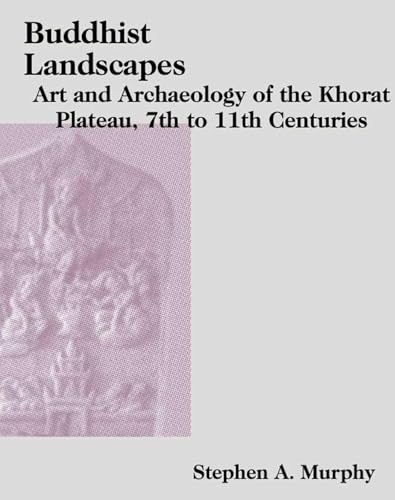15 August 2007 (Sin Chew news and other news sources) – Finally, a story that relates the buzz about the redrawn Angkor map to events today. Given the renewed interest in the water management system of ancient Angkor, and the theorised failure that would have led to its abandonment, how is the Angkor today coping with the stress on its water management system? Not very well. Siem Reap is lined with hotels and guesthouses, all causing a tremendous drain in the local water systems and potentially undermining the ancient temple structures. When I was at Angkor last month, the Siem Reap river was heavily polluted as a result of the huge numbers of visitors and resettlers to Siem Reap; more alarmingly, the river level was only half of what it would usually have been despite being the rainy season. It interesting to note that the Apsara authority is taking note of Angkor’s history repeating – hopefully, measures can be taken to balance both the conservation needs and the economic needs of the country.
New Study On Ancient Angkor City Is A Wake-up Call For Cambodian Conservation
A new study about the vast extent of the ancient city of Angkor and reasons for its demise is a wake-up call for Cambodia to be more vigilant in its efforts to conserve a centuries-old heritage, an official said Wednesday (August 15th).
The study _ published recently in a U.S. science journal _ represents a new tool for preventing over-exploitation of Angkor, Cambodia’s main tourist attraction, said Soeung Kong, a deputy director-general of Apsara Authority, the government agency managing the site.
“The findings are eye-opening for us. They awake us to a greater need for safeguarding (the ancient city),” he said.
The findings of the study, led by Damian Evans of the University of Sydney, Australia, were published in this week’s online edition of Proceedings of the National Academy of Sciences.
They reveal that Angkor, during its zenith between the 9th and 14th centuries, was “the world’s most extensive preindustrial low-density complex” and far larger than previously thought. It included an elaborate water management network encompassing nearly 1,000 square kilometers (390 square miles).
The researchers mapped the area, long obscured by jungle, using airborne imaging radar data acquired over Angkor in 2000 by the U.S. National Aeronautics and Space Administration.
Research found that the complex was too vast to manage. Extending rice fields to support a population of more than 1 million resulted in serious ecological problems, including deforestation, topsoil degradation and erosion.
The study’s conclusions supported a theory in the early 1950s by Bernard-Philippe Groslier, a prominent French archaeologist, that the collapse of Angkor stemmed from over-exploitation of the environment.
Impoverished Cambodia has relied heavily on the Angkor temples in the northwestern province of Siem Reap province to earn much-needed hard currency from an ever-increasing number of tourists.
But in recent years, conservationists have expressed concerns about stress to the monuments, including the famed Angkor Wat, from the tourist invasion.
They also fear that the unrestricted local pumping of underground water to meet rapidly rising demand of hotels, guesthouses and residents in the provincial town may be undermining Angkor’s foundations, destabilizing the earth beneath the centuries-old temples so much that they might sink and collapse.
Soeung Kong, the Apsara authority official, said what happened to ancient Angkor “appears to be repeating itself now” and thus highlights current challenges in managing and conserving the temples.
“Since we aware of this, we have to take measures to prevent it from worsening or to minimize the impact as much as possible,” he said.
Related books:
– Collapse: How Societies Choose to Fail or Succeed by J. Diamond
– Angkor Cities and Temples by C. Jaques
– Khmer Civilization and Angkor by D. L. Snellgrove
– Angkor and the Khmer Civilization (Ancient Peoples and Places) by M. D. Coe
– The Civilization of Angkor by C. Higham
























